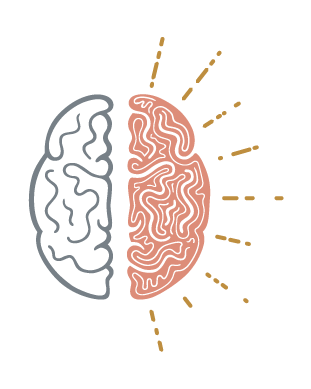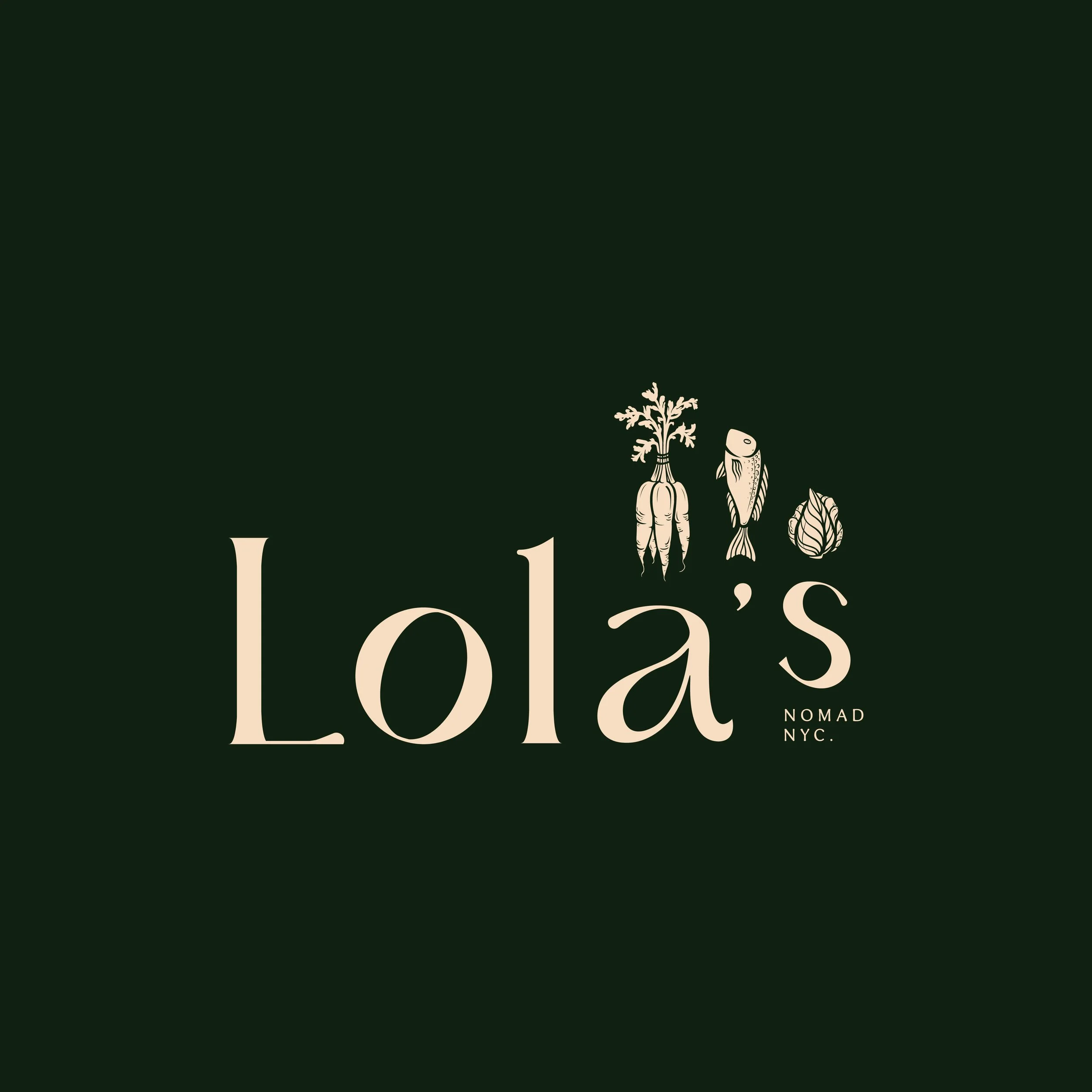“Branding” vs. “Marketing”: Understanding the Difference
The word “marketing” is ubiquitous—so present in business jargon that everyone thinks they know what it means…though very few people can concisely define it. As business-minded creatives who built our careers in the marketing departments of hospitality groups and design companies, we understand this confusion. And even though we advertise our work as “branding and creative services”, we understand that most people would struggle to differentiate that from marketing, more generally. So what exactly is the difference?
Part of the problem is that marketing really has two definitions. We can call the first “big M” marketing: a giant bucket that includes strategy, branding, PR, advertising, content marketing and even event production. And then there’s “little m” marketing: the day-to-day maintenance of ongoing brand communications like social media, blog posts or email marketing. Most people who work in marketing touch a mix of both big M and little m projects in their roles, and their skills can vary widely depending on both the size of the companies they work for and the industries in question.
So where does branding fit into all this, and why does it matter? In short, branding creates a clear foundation for the rest of your marketing efforts. It’s a process designed to hone the “elevator pitch” for your business, analyzing your unique value proposition and market positioning, while also establishing a recognizable visual and verbal identity. If we look at Nike, for example, in the most rudimentary terms, their branding would be represented by the swoosh and the “just do it” tagline—but “branding” also includes the many hours of creative work and strategy that went into distilling the company ethos into those two timeless components.
Above: Excerpts from visual + verbal branding for Lola’s
The other part of our work—creative services—is essentially an extension of branding. In our case, this includes design assets, photography or copywriting that help tell the story of your product or services in a compelling way. When branding and creative services come together—as they do at our studio—the output often looks like a website, a digital presentation or printed materials. These more evergreen assets help to differentiate your brand in a crowded market and to create a distinct client or guest experience.
Above: Examples of printed materials + signage for Copper Vine / Photos by Cory Fontenot
Once you’ve developed a strong brand and core creative assets, that’s where the rest of marketing comes back in, building on the identity you’ve created and helping to keep your business top-of-mind for customers. Of course, your products, services and company culture can evolve over time, which is why it’s always good to reevaluate your overall communications on a regular basis, to ensure they’re accurately representing your company.
That said, a great brand can last for decades, sometimes with small tweaks being made along the way. But other aspects of marketing—the way you communicate your values, sell your services and represent your relevance to customers—can and should continually evolve, responding to cultural trends, economic shifts and other timely factors.
Hopefully this explanation sheds some light on how to confidently talk and think about “marketing” more broadly. And if you’re actively seeking any of the services discussed in this post, here are our two cents on how to choose the right creative team.







